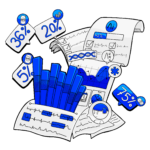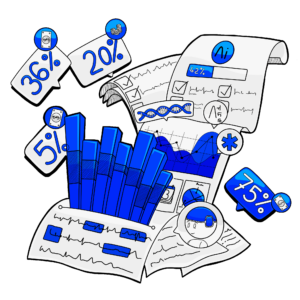Validate ideas in five days
Book a Design Sprint workshop and take your business to the next level.
- Get real-time feedback
- Test your idea with potential clients
- Accelerate product launch
Top UX Designers 2021
What is a Design Sprint workshop?
Design Sprint is a five-day workshop inspired by design thinking methods in which you design, prototype and validate a business idea. The Design Sprint process is versatile and works for startups, small businesses, medium-sized companies, and corporate innovation corporations.
Test your idea with a clickable prototype
In the Design Sprint workshop we will start with an ideea, create a clickable prototype and test it with clients.
Reduce the risk by conducting user interviews
After creating the clickable prototype you will gather real-time feedback from potential clients.
Wow the investors with a validated solution
Once you get the “yes” from potential clients you can improve the solution and present it to the investors.
Design Sprint steps
The Design Sprint workshop has five crucial steps divided into five days, in which you start with a problem you want to solve, build a prototype and test it with potential clients. From the first day to the last day you will work with our UI/UX team to create an outstanding clickable prototype.
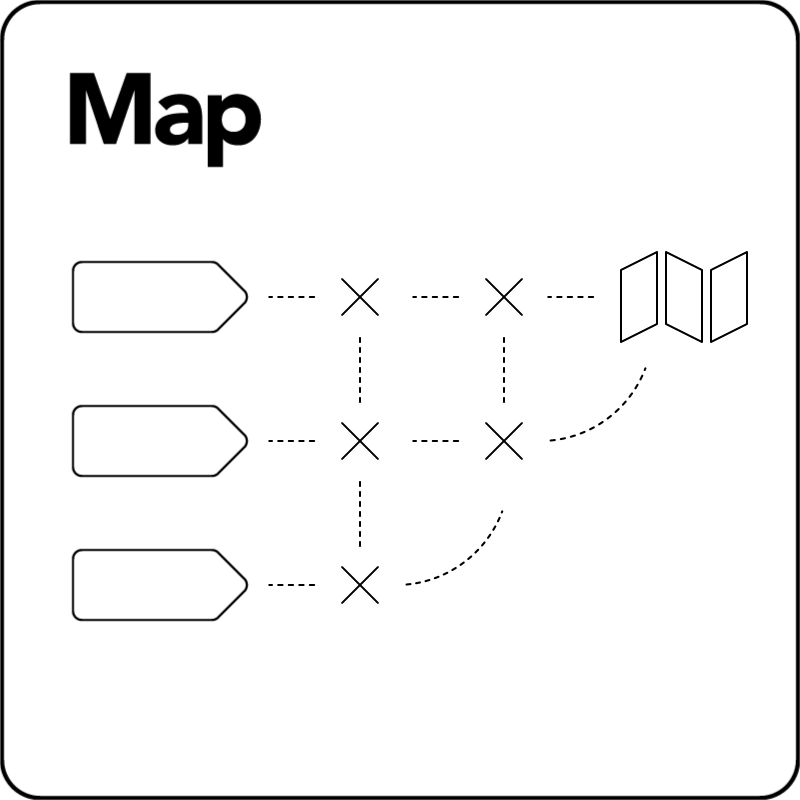

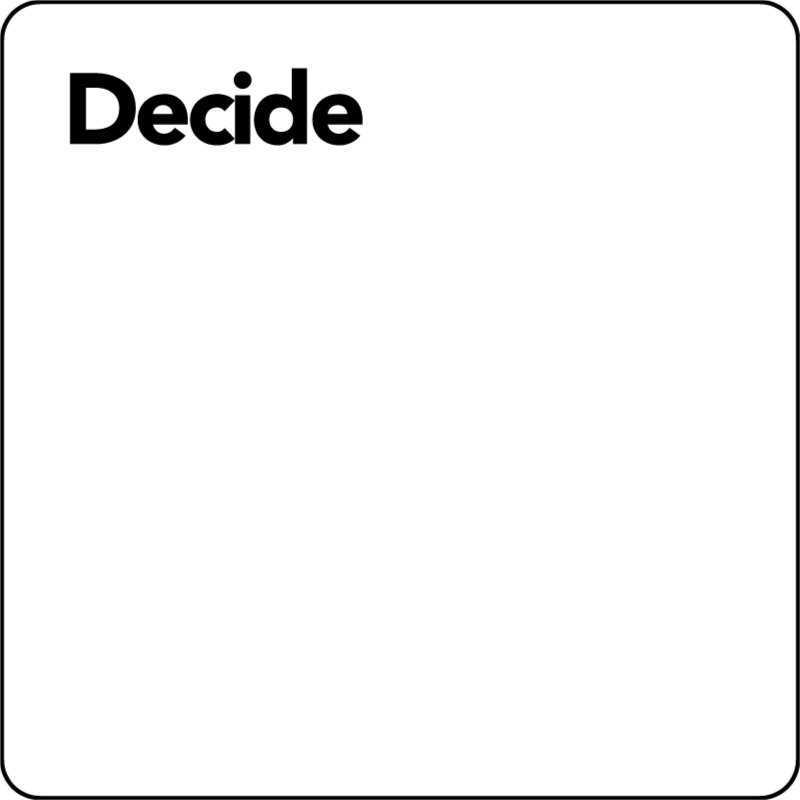
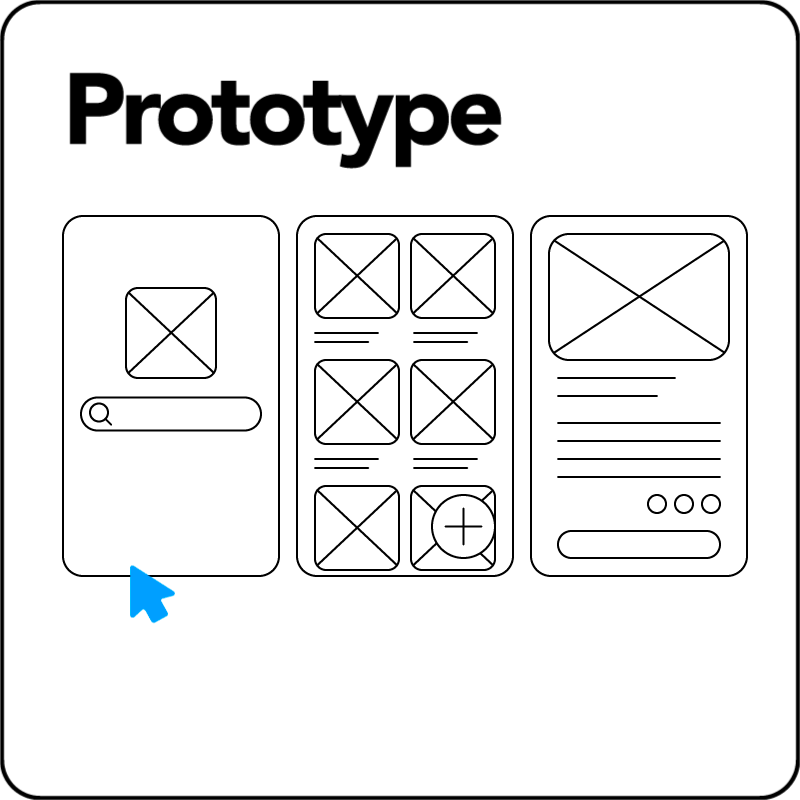
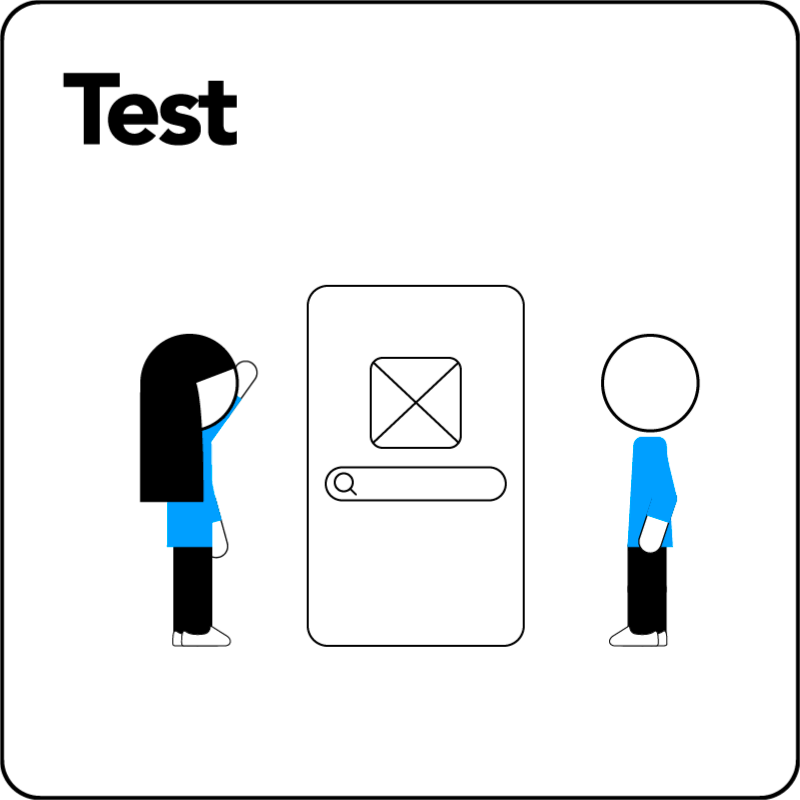
Ready to start a Design Sprint?
Validate your business with real users

Roland Peer
CEO, SEDUCO
Digitalya has been supporting SEDUCO in both the creation, the design and implementation of our new and tailored seminar administration software. Not only do they have depth of talent and experience, but they also promote ownership of the projects. The team always takes time to fully understand the scope of the project. As a result, SEDUCO has evolved into an easy-to-use and scalable platform, which is crucial for our success.
What are the benefits of a Design Sprint?
The Design Sprint workshop has many benefits, from reducing unnecessary risks, avoiding the development of non-essential features, to maximizing your ROI and others.
Team alignment
Bringing key stakeholders together to map out problems, ideate solutions & answer critical business questions.
Long term vision
Creating team alignment and a unified understanding of the product's long term goals for 2 to 5 years.
Real-time feedback
Gathering relevant real-time feedback from potential customers and understanding the market.
Product market fit
Testing ideas easily with real customers for a better understanding of their needs and the market.
Minimizing the risk
Reducing the risks of investing money in a product that no one will buy or features that no one will use.
Maximize ROI
Creating key features that will increase the market demand and investing money on what matters the most.


Vlad Rotariu
CEO, FeetUp
Digitalya has been a vital part in developing FeetUp® mobile app. The team did a great job in understanding our vision and delivered a high-quality solution. I really appreciated the fact that they constantly had the end-user in mind and suggested development ideas to ensure the best outcome for our customers. I highly recommend their skill set and technical knowledge.
Who should attend a Design Sprint?
There are some key people that should attend the design sprint in order to have great results. The ones bellow are recommended, though not mandatory. The most important roles are the decider and the design expert, though each sprint participant brings unique insights and ideas.
01
Decider
The decider is usually the CEO, the founder, or the product manager.
02
Design Expert
The design expert is a UX designer that understands the user needs.
03
Marketing Expert
The marketing expert is the person responsible for crafting your brand.
04
Customer Expert
The customer expert is the person that usually talks to your clients.
05
Tech Expert
The tech expert understands best what your company can build and deliver.
06
Finance Expert
This person can be the CEO, CFO, or a business development manager.

Case Study
- Romania
- #Artificial Intelligence
- #Customer Feedback
- #Machine Learning
ClientZen turns customers into evangelists with real-time feedback based on AI sentiment analysis
ClientZen is the first customer experience management platform for B2B digital agencies that uses AI to measure client happiness in real-time.
2
Years Collaboration
4
People Involved
10
Happy Customers
#0baa6b
Let's see if Design Sprint fits your needs
Validate your idea in just five days.
FAQs
We hope the information below will give you a better view upon the services that we provide.
What are design sprints used for?
Design Sprint is a process in which you “solve big problems and test new ideas in just five days” as Jake Knap, the creator of the process states.
A raw idea of how the design sprint workshop should look like and its benefits appeared around 2009. At that time, a Gmail engineer named Peter Balsiger came up with the concept of automatically organizing the email inbox. Jake Knap together with another Google Engineer, Annie Chen, tested the viability of the idea in a one-month process including prototyping and testing with clients. A few months later, he took part in a similar process for what we know today as Hangouts or Google Meet. The ideation method seemed to work.
During these processes, he identified some key elements needed to test fast the viability of an idea: the process needs to be time-boxed (the less time people have to think about stuff, the faster the important ideas seem to pop up), and some people with key expertise need to participate in it.
What we know today as a five days workshop, got better defined while being part of Google Ventures, a venture capital firm created by Google to invest in promising startups. Here, Jake Knapp and John Zeratsky, together with other startup experts, started to run design sprints with different startups to experiment and perfect the process. You can find out more about the process in the Sprint book.
What is the purpose of a design sprint?
The purpose of the design sprint is to prototype and test new ideas with your future clients in just five days to see if it’s worth investing more money in them. It’s a smarter way to invest your time and money instead of developing an MVP (minimum viable product) before you know if anyone would pay for it.
Young startups are usually on a tight budget and have only one chance to test the market and see if they’re on the right track. Basically, as a startup founder, a design sprint offers you a way to minimize the uncertainty of failing by testing your idea with real users.
How does a design sprint work?
Design Sprint is a process for answering key questions about the viability of an idea. It is recommended that the workshop takes place on five consecutive days, and key experts take part in it. You start by identifying the problem you want to solve, then you sketch some solutions, build a prototype and test it with potential clients.
The goal of a Design Sprint workshop is to prototype, test, and measure the outcomes quickly by validating your concept with potential clients, reducing unnecessary risks, avoiding the development of nonessential features, and maximizing your ROI (return on investment). The prototype resulting from the Design Sprint is a great tool to raise the investment needed for the next growth phase, the MVP (minimum viable product).
When should you run a design sprint?
You can run a design sprint regardless of the size of the company or the industry. If you have a problem in your business that you want to improve or a startup idea that you want to test, you should run a design sprint.
The design sprint process works for startups, small businesses, medium-sized companies, and even corporations. It is an adaptable process that is based on creativity and problem-solving. The design sprint workshop is used by a lot of companies in the world where innovation is a core value.
What is the value of a design sprint?
The design sprint brings many benefits to the business, and the value of it is most of the time obvious, from team alignment to new ways of tackling problems, better solutions, customer-centricity. The key benefit though is the amount of money you save by testing your product before investing thousands of dollars in software development. A design sprint brings value in time, cost savings, customer satisfaction, market-fit, and an increase in revenue.
The Design Sprint has at the core design thinking principles, which are based on innovation. And we all know that validated innovation brings ROI. The design sprint is a valuable process because it brings together key stakeholders and facilitates their alignment towards future business goals. It is efficient because everyone works with full engines to solve crucial business problems while putting the customer first.
What is a remote design sprint?
A remote design sprint is a five-day process for prototyping and testing ideas, facilitated remotely. Here, at Digitalya, we facilitate both on-site and remote design sprint workshops, and we can guarantee that both have successful outcomes. The process of building a realistic prototype and testing it with users can be done fully remote or part of it remote and part of it on site. What is important is to set the stage, prepare the right tools, and have the team fully on board for creating great results.
You can find more details about how to run a remote design sprint in this remote design sprint guide by Jackie Colburn, Jake Knapp and John Zeratsky.
What is the outcome of a design sprint?
The outcome of a design sprint is a clickable prototype that was tested with potential clients during interviews. It is a process that helps you set the stage for the next phase, which is the MVP development. Each sprint day has a specific outcome, from identifying the problem to sketching out ideas, building the prototype, talking to clients. During the sprint week, the UX design specialist has an important role, together with the experts from your team.
Depending on the size of the product, the outcomes from the design sprint can differ. For example, if there is a small product or just a feature from a product, the outcome can be a clickable prototype plus some sprint stories. For products that are more complex, it might require running sprints more than once for prototyping and testing ideas. Even though the sprint methodology consists of five working days, you can run them multiple times for different ideas. The outcomes from a series of sprints are detailed wireframes, and different user flows. With consecutive sprints, you can explore a complex product from different angles.
Can you do a design sprint by yourself?
You can outsource or run a design sprint by yourself. You can find all the steps in the Sprint book. Though before starting to run it we recommend attending a design sprint training, a design sprint masterclass, and some design thinking workshops to make sure you fully understand the process. There are many innovation workshops out there, and you need to understand the process 100% in order to get the best out of it. Hop on the design thinking train and enjoy the ride.
Should I do a design sprint?
It depends on which stage you are in. The design sprint process comes in handy at different stages in a product’s lifecycle, like:
- When you start the project
- When you want to build a new feature
- When you want to do a system rebuilt
Before running a design sprint, think about what is your long-term goal, and identify the stage in which you are with your product. These kinds of innovation workshops can answer critical business questions in just five days. Running user tests will bring you more close to what your users think about your product while working together with your team during a sprint week will create alignment.
What companies use design sprints?
Since John Zeratsky and Jake Knapp invented the process at Google Ventures, many companies have adopted it, from early age startups to well-known businesses. Among them, we can mention Dropbox, Medium, Uber, Facebook, Twitter, Airbnb.
What's after the design sprint?
After the five-day process in which you answered the sprint questions by building a realistic prototype and conducting user tests, you can say that you have validated your idea. Now you are sure that there will be demand for your product. The next step after the design sprint it’s rising investment and developing the MVP (Minimum Viable Product).
The MVP it’s the first usable version of your product – v1. It is targeted at early consumers, and it should contain a minimum set of features. By developing a minimum viable product, you can attract early users in order to learn more about your target audience and what kind of features they need in your application.
We hope that this article about the design sprint workshop answered your questions and prepared you to be part of one. Validating ideas in just five days, it’s bliss.
